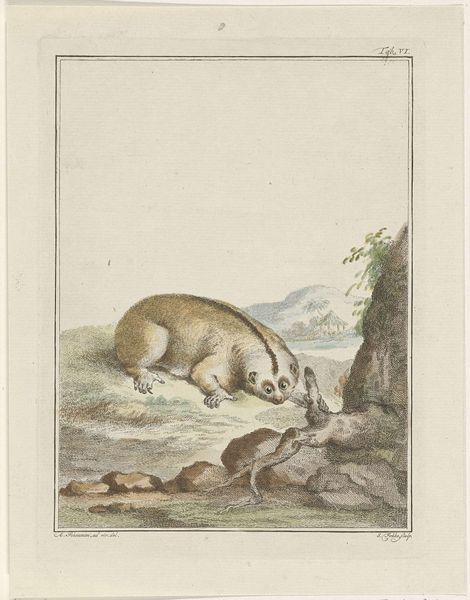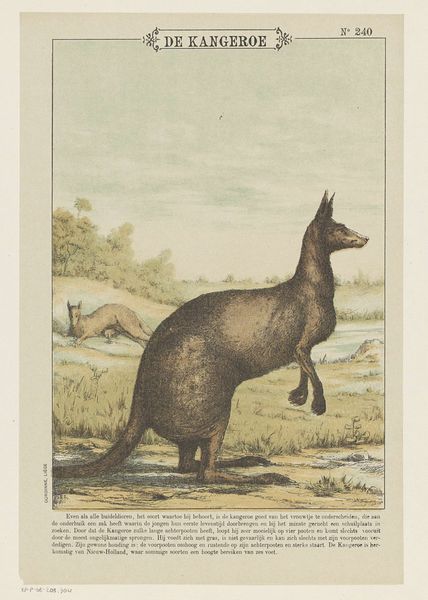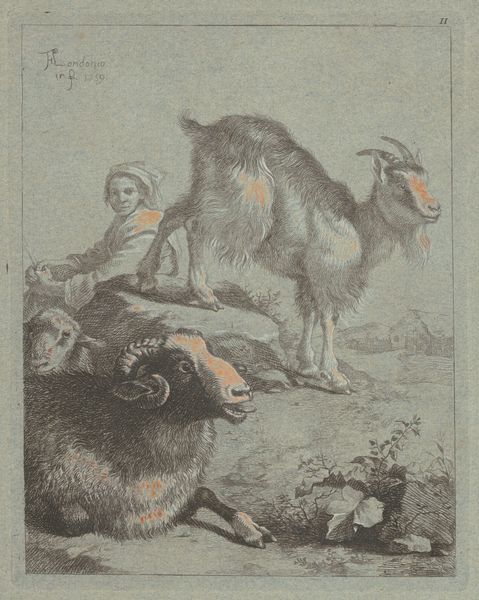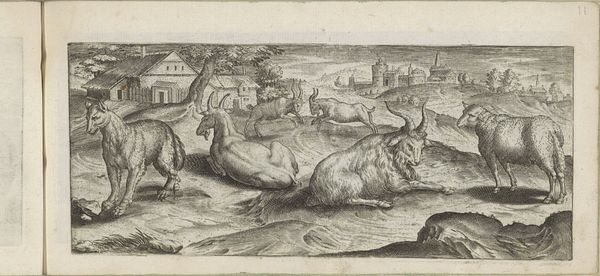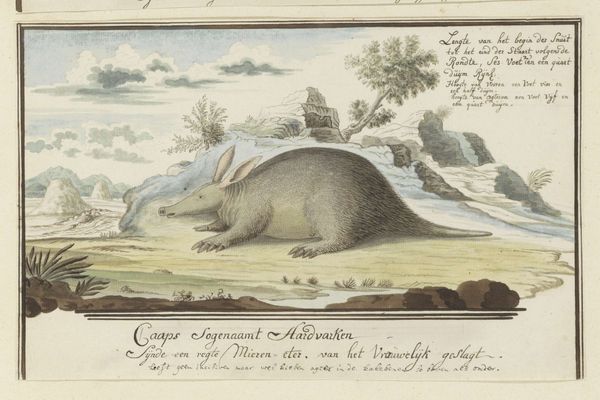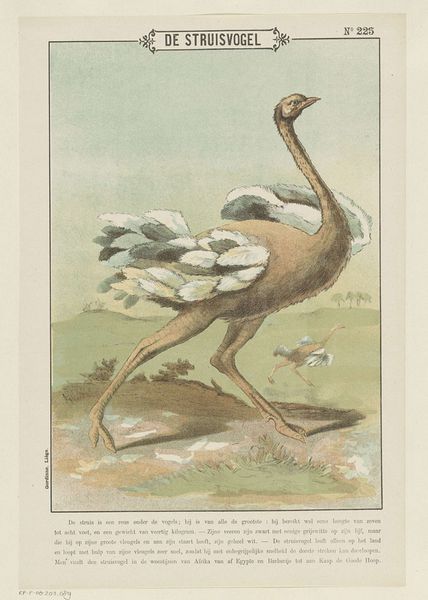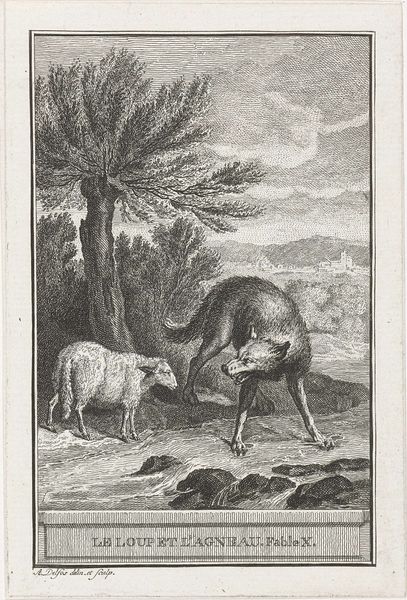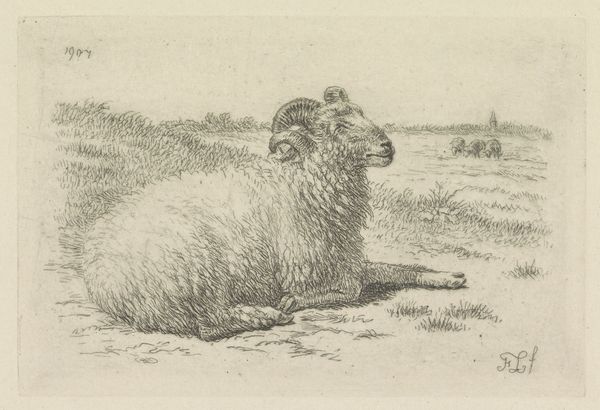
painting, paper, watercolor
#
toned paper
#
baroque
#
animal
#
painting
#
landscape
#
paper
#
oil painting
#
watercolor
#
coloured pencil
#
watercolour illustration
#
genre-painting
#
miniature
#
watercolor
Dimensions: height 157 mm, width 147 mm
Copyright: Rijks Museum: Open Domain
Willem Hendrik Wilhelmus van Royen painted this image of a 'Tapir in the Water' in the late 17th to early 18th century. The image presents a scene of exotic wildlife against a domesticated European landscape. The tapir, an animal then unfamiliar to Europeans, emerges from the water, its gaze directed upwards, as if startled. This depiction exists within a cultural context where the natural world was being explored, cataloged, and often, exploited by colonial powers. Van Royen, who worked for wealthy plant collectors, was part of a culture that was eager to claim new territories and new knowledge. The artwork is more than just an innocent depiction of an animal in its habitat. It is also a reflection of a period defined by exploration and scientific advancement. The painting invites us to consider the relationship between humanity, nature, and the broader implications of cultural encounters. It reminds us of the impact of these colonial narratives on the way we understand and represent the world.
Comments
rijksmuseum about 2 years ago
⋮
For the first time in European history, in 1704, a live tapir was displayed in Amsterdam on the Botermarkt (now the Rembrandtplein). Emperor Leopold I had ordered the capture and taming of the animal so that people could see the creature up close. It was there that the Amsterdammer Willem van Royen saw it and afterwards made this drawing.
Join the conversation
Join millions of artists and users on Artera today and experience the ultimate creative platform.

